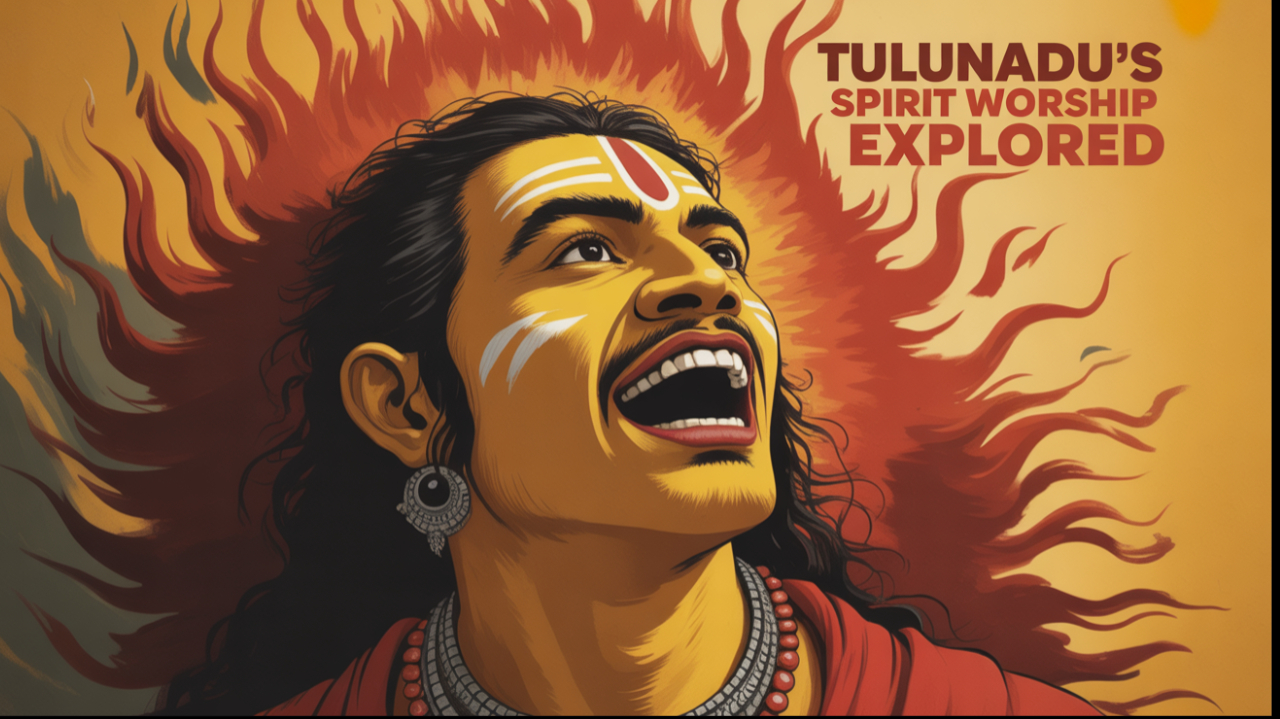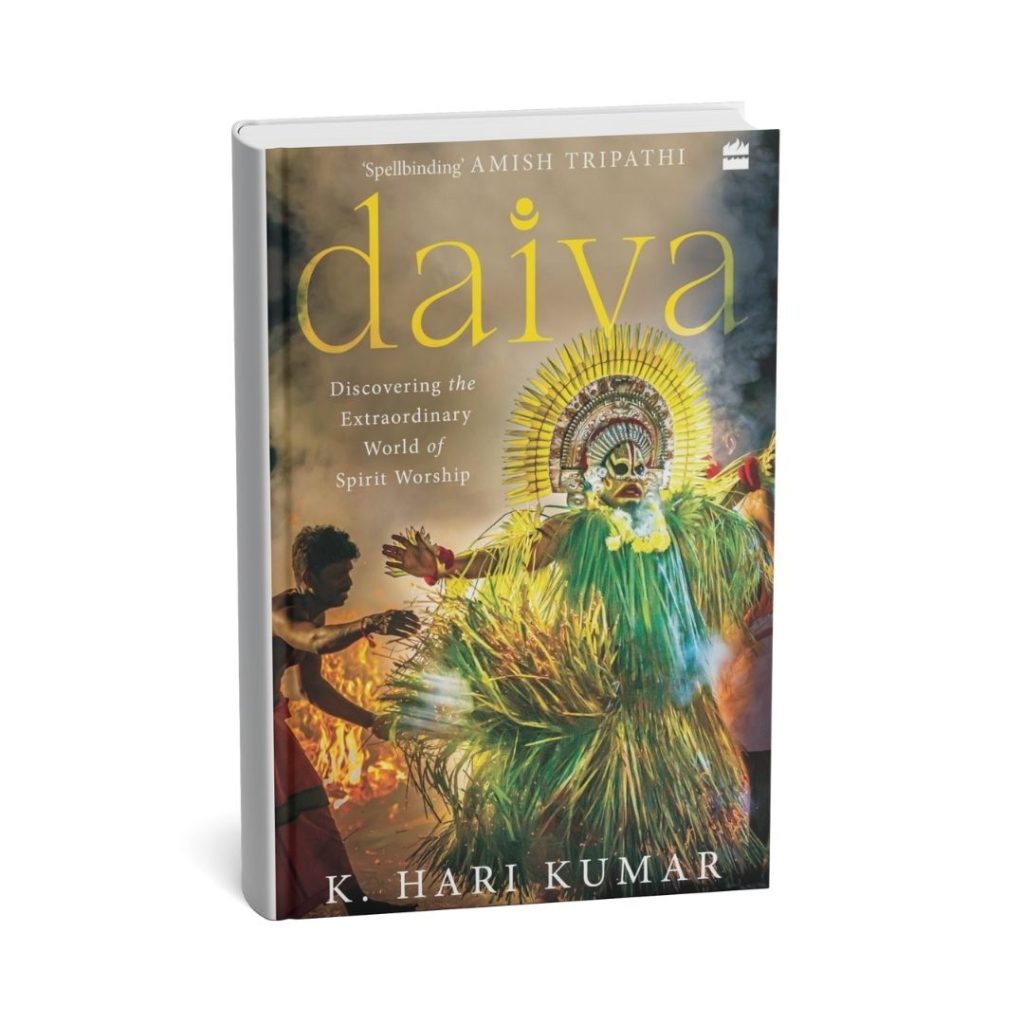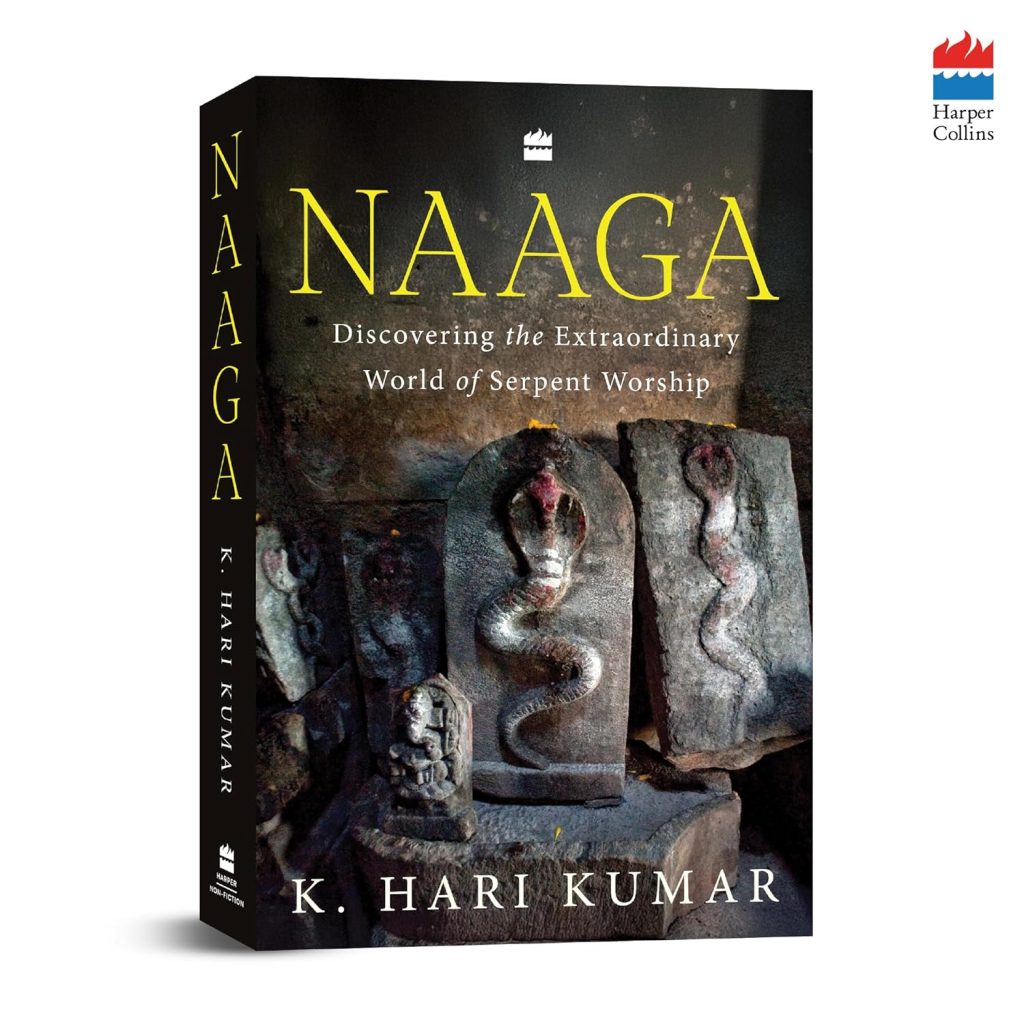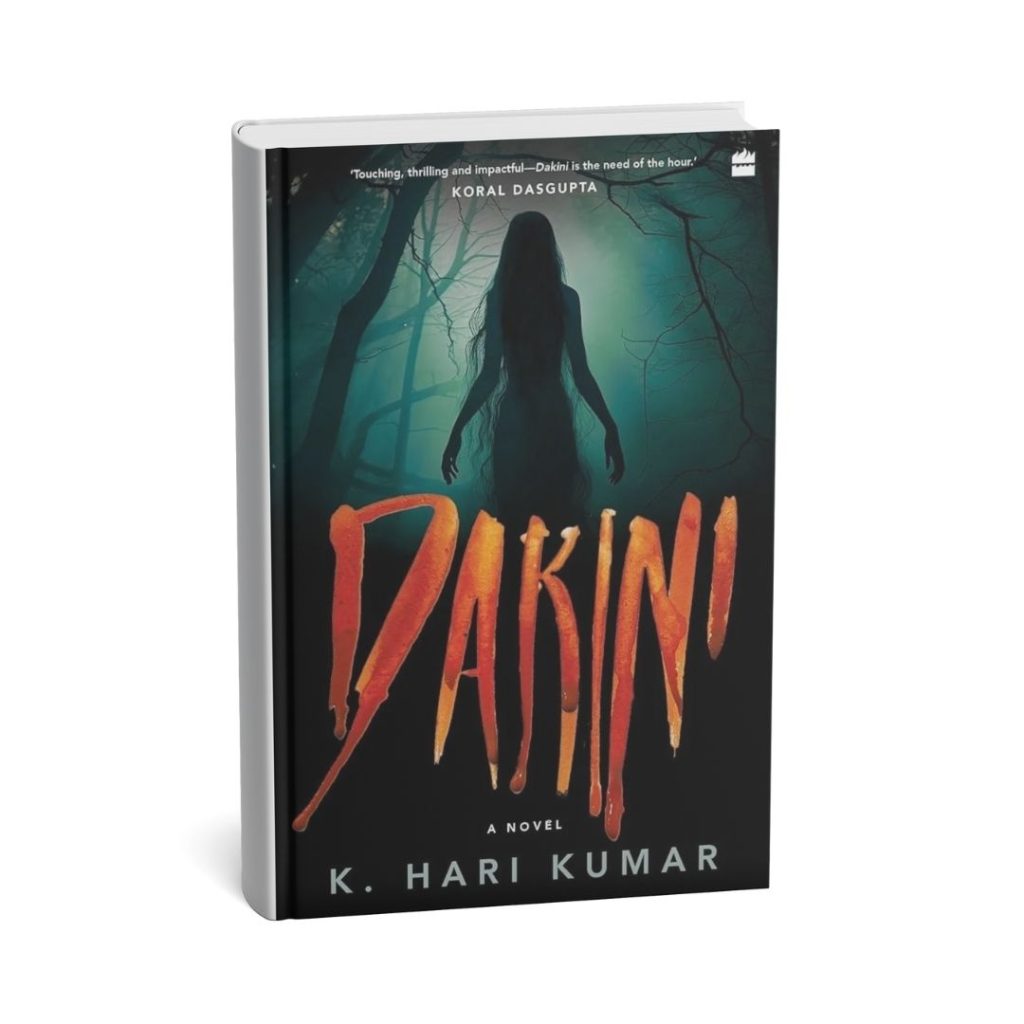For centuries, a spectacular ritual has been performed in a unique region of India, one where a human transforms into a living deity. Early colonial writers like AC Burnell, misunderstanding the ritual, dismissed it as ‘devil worship.’ However, the reality is far more beautiful: it is a vibrant system of spiritual justice and community. This ancient tradition, known as Daiva or Bhuta Aaradhane, is a profound conversation between the human and the divine. Instead of distant gods residing in a faraway heaven, the people of this land believe that spirits are living, breathing members of their community—ancestors, deified heroes, and fierce guardians who once walked the earth.
Understanding the Spirit
The term ‘Bhuta,’ often mistranslated as ‘ghost’ or ‘spirit,’ comes from the Sanskrit root meaning ‘to be.’ In the cultures of coastal Karnataka and North Kerala, a Bhuta or Daiva is not a malevolent ghost. Rather, it is the spirit of a powerful hero or guardian whose story is etched into local folklore. These spirits may be associated with Puranic deities, revered ancestors, heroes, or powerful animals like the boar or tiger. The purpose of these spirits is to protect the land and its people.
Kola: Where the Divine and Human Meet
The sacred dance where a performer allows a spirit to enter their body is called Kola in coastal Karnataka and Theyyam in North Kerala. This is not just a performance but a total sensory experience. It mostly takes place at night, lit by burning torches, and is accompanied by powerful, rhythmic music. Some may also happen during day time.
The performer undergoes a complete physical transformation, wearing an elaborate costume made of tender palm leaves and a massive headpiece called an ani. Their face becomes a canvas for dramatic, vibrant makeup, erasing their identity as an individual and preparing them to become a vessel for the divine.
How a Spirit is Born
The origins of these spirit deities are diverse. Some are local variations of broader Hindu deities. Others are powerful ancestral figures or great heroes who, after a noble deed or a tragic death, were elevated to divine status.
For example, the well-known story of Panjurli, the boar spirit, shows how a spirit’s destructive energy can be transformed into a divine purpose. Some Oral tradition says a young boar, the pet of the goddess Parvati, caused havoc in the celestial gardens. Rather than destroying it, Lord Shiva sent it to Earth, where its powerful energy was transformed into a divine purpose: to protect the people and their crops.
The Sacred Story: Keeping Memory Alive
The stories of these hundreds of different spirits are preserved through a rich oral tradition of epic ballads known as Paaddana. These epic poems, sung in the Tulu language, narrate the origin and heroic deeds of the Daivas. They are more than just stories; they are sonic keys, a vibrational call believed to be crucial for invoking the spirit into the dancer’s body. This oral tradition is a vital part of the culture, linking people to their ancestors and the natural world.
The Human Bridge to the Divine
At the heart of the ritual is the performer, a human who becomes a bridge between worlds. The role is a sacred duty, passed down through generations within specific communities. The preparation is rigorous and spiritual. As the music intensifies, the performer enters a trance. His consciousness becomes a vessel for the Daiva, and he is no longer just a man—he is a god walking among the people.
During the ‘Nudi session,’ the possessed dancer listens to the problems and prayers of the community, providing divine solutions. During this time, the illusion of social hierarchy dissolves, and the performer, no matter his ordinary social standing, is treated with the utmost reverence by everyone.
A System of Justice and Community
The ritualistic dance is the ultimate platform for resolving conflicts within the community. In the olden times, people brought their disputes—from land feuds to family quarrels—before the spirit. The performer, speaking as the Daiva, delivers a divine verdict, which is considered an unquestionable ruling. Long before modern legal systems, this ritual provided social order and harmony.
Beyond justice, these events are a powerful force for social unity. They bring everyone together to honour the spirits who ensure the well-being of their land, families, and animals. Offerings of crops and food are shared among the community, reinforcing the bonds and shared consciousness of the people.
More Than a Ritual
Kola and Theyyam are not rituals of fear but of deep reverence. The fire, the colours, and the fierce dance are an expression of the immense power and cosmic majesty of the benevolent spirits. This intricate dance between man and spirit teaches a powerful lesson. In our modern world, where we are often disconnected from our ancestors and communities, the people of coastal India show us another way—a way to find guidance and strength not from the tangible, but from the spiritual.
Do you want to know more about this extraordinary world of spirit worship? Dive deeper into its myths, history, and profound cultural significance by reading my book DAIVA – Discovering the extraordinary world of Spirit Worship.




Leave a Reply